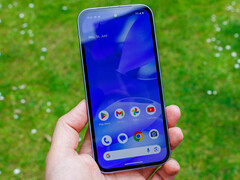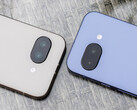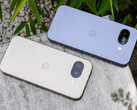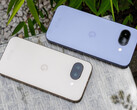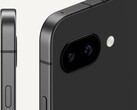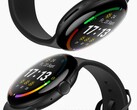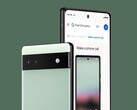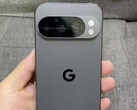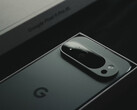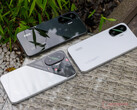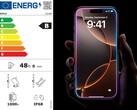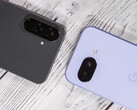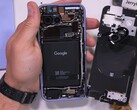The display of the Google Pixel 9a has grown by 0.2 inches compared to its predecessor. This results in a minimally better screen to body ratio but also a slightly larger chassis. Due to this and the more angular design, the Pixel 9a appears bulkier than the more compact Pixel 8a.
Corning Gorilla Glass 3 was introduced in 2013 and is still being used to protect the screen. More modern options are significantly more robust, and given its age, Google should have offered a more modern display glass in this price range.
That being said, the smartphone's pOLED display is flawless in terms of brightness. When displaying pure white in the center of the screen and with the ambient light sensor activated, it hits 1,978 nits and a comparatively high 1,188 nits without the sensor according to our comprehensive review. When the white area is smaller, the brightness jumps to 2,653 nits. When playing HDR video, the screen maxes out at 2,679 nits. Color reproduction with the "Natural" profile is also at a very good level.
However, the display’s uniformity is surprisingly weak at just 76%. Especially in the lower corners, our test device is darker, which is clearly visible to the naked eye when displaying a single color across the entire screen. This should not be an issue during everyday use, but we would have expected the Pixel 9a to perform better in this regard.
Google’s Pixel 9a is currently available for slightly under MSRP on Amazon




